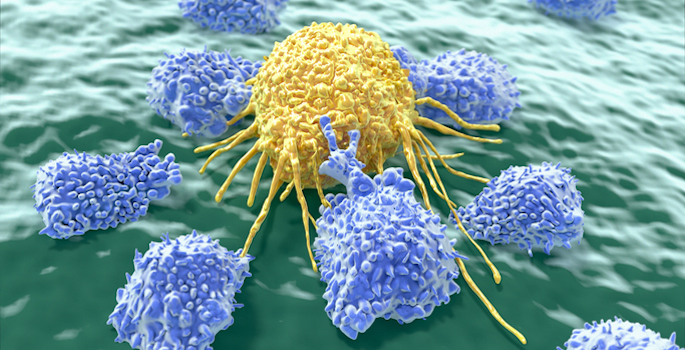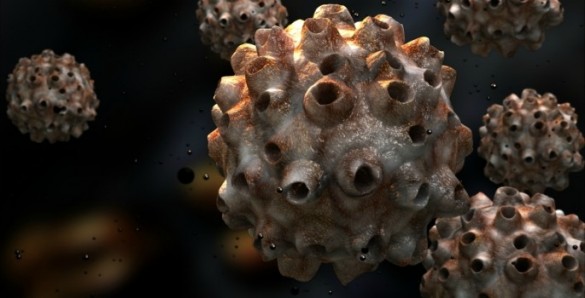by Sanjay Mishra
Cancers become fatal mostly because of their ability to spread. Cancerous cells migrate from primary tumors and invade neighboring tissues through protrusions called invadopodia.
The rigidity of the cancerous mass, the tumor-associated extracellular matrix (ECM), drives malignant behavior through the Rho/ROCK signaling pathway. In particular, the ROCK protein is mutated and overexpressed in many cancers, which makes it an ideal target to develop anti-cancer therapies.
However, ROCK exists in two isoforms or “flavors,” ROCK1 and ROCK2. They regulate distinct cellular functions that often result in opposing or dissimilar effects.
Using polyacrylamide gel-based assays, Rachel Jerrell and Aron Parekh, Ph.D., determined how ROCK1 and ROCK2 differentially regulate invasive behavior.
Reporting in a recent issue of the journal Biomaterials, they demonstrated that ROCK1 and ROCK2 regulate invadopodia activity through distinct contractile and non-contractile mechanisms that are both responsive to ECM rigidity.
These differences have implications for development of specific anti-invasive therapies.
The research was supported in part by the National Institutes of Health grant K25CA143412 from the National Cancer Institute and the Research Scholar Grant RSG-15-226-01-CSM from the American Cancer Society.
Send suggestions for articles to highlight in Aliquots and any other feedback about the column to aliquots@vanderbilt.edu















